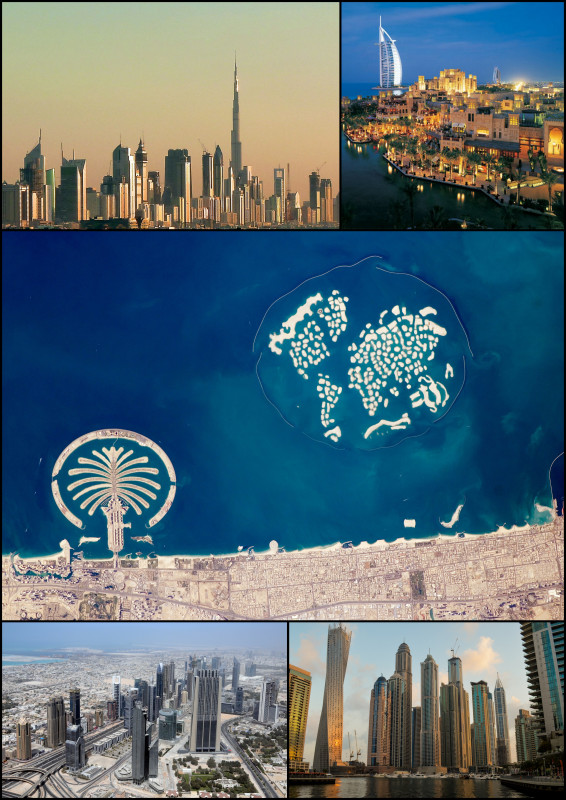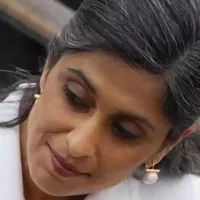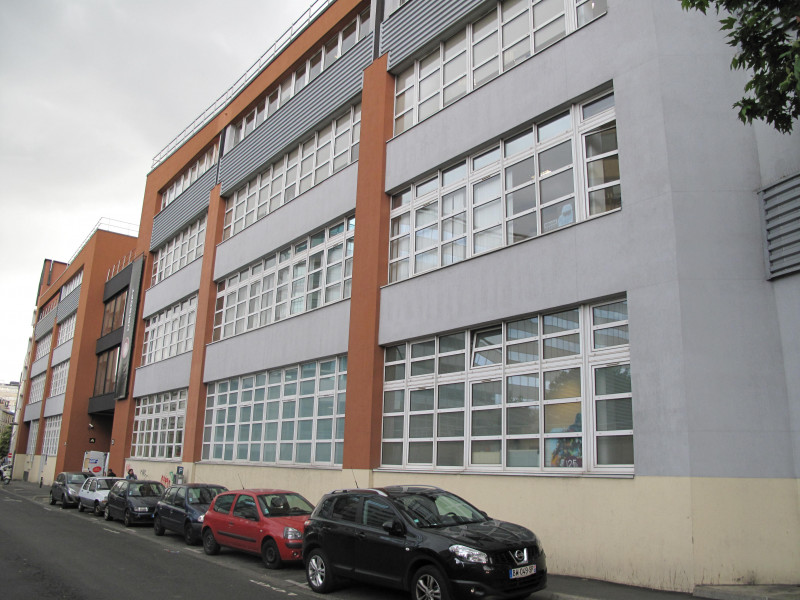H&M, or Hennes & Mauritz AB, is a Swedish multinational fashion retailer headquartered in Stockholm. It's recognized for its fast-fashion approach, offering clothing, accessories, and homeware. The company maintains a substantial global footprint with thousands of stores in 75 markets and a workforce exceeding 100,000 individuals.
1947: H&M Founded
In 1947, Erling Persson founded H&M, initially named Hennes.
1947: First Hennes store opens
In 1947, Erling Persson opened the first Hennes store in Västerås, Sweden, selling only women's clothing.
1964: Store opened in Norway
In 1964, Hennes expanded by opening a store in Norway.
1968: Acquisition of Mauritz Widforss
In 1968, Erling Persson acquired Mauritz Widforss, leading to the inclusion of menswear and the name change to Hennes & Mauritz.
1974: Listed on the Stockholm Stock Exchange
In 1974, H&M was listed on the Stockholm Stock Exchange.
1976: First store outside Scandinavia opens in London
In 1976, H&M opened its first store outside Scandinavia in London.
1997: hm.com registered
In 1997, the domain hm.com was registered.
1998: Online Retail Begins
In 1998, H&M began retailing online with the domain hm.com.
March 2000: First U.S. Store Opens
In March 2000, H&M opened its first U.S. store on Fifth Avenue in New York City, marking the start of its expansion outside of Europe.
March 2007: COS Flagship Store Launched
In March 2007, COS launched its flagship store on London's Regent Street with a catwalk show at the Royal Academy.
2008: H&M to sell Home Furnishings
In 2008, H&M announced that it would begin selling home furnishings, initially online, later in H&M Home stores worldwide.
2009: H&M Ranked Among Most Valuable Brands
In 2009, Interbrand ranked H&M as the twenty-first most-valuable global brand.
2010: H&M Ranked Among Most Valuable Brands
In 2010, Interbrand ranked H&M as the twenty-first most-valuable global brand.
August 2011: Workers Faint at Cambodian Factory
In August 2011, nearly 300 workers fainted in one week at a Cambodian factory supplying H&M due to factors like chemical fumes and poor conditions.
2011: H&M operated 2,325 stores
In 2011, H&M operated 2,325 stores.
2011: Safety proposal rejected
In 2011, Major European and North American retailers, including H&M, rejected safety proposal from labor groups after numerous and deadly factory fires
January 2012: H&M Design Award Established
Since January 2012 H&M has offered its H&M Design Award, an annual design prize for fashion graduates. The prize is established to support young designers with the beginning of their careers.
April 2012: Marks & Spencer Clothes-Collection Voucher Program
In April 2012, Marks & Spencer launched a clothes-collection voucher program in partnership with Oxfam, similar to H&M's later initiative.
August 2012: Store Count Increases
At the end of August 2012, H&M was operating 304 more stores, bringing the total to 2,629.
2012: Supply Chain Transparency
In 2012, H&M published a list of factories supplying 95% of its garments, contributing to ethically transparent supply chains.
January 2013: Forced Labor Allegations in Uzbekistan
On January 2013, Anti-Slavery International alleged that H&M was associated with the Uzbek government in exploiting child and adult forced labor as cotton harvesters in Uzbekistan.
February 2013: Garment Recycling Program Launched
Starting in February 2013, H&M began offering patrons a voucher in exchange for used garments.
April 2013: Rana Plaza Building Collapse
In April 2013, the Rana Plaza building collapsed in Bangladesh, killing over 1,100 people, mostly garment workers.
May 2013: Textile factory collapse in Phnom Penh
On 19 May 2013, a textile factory that produced apparel for H&M in Phnom Penh, Cambodia collapsed, injuring several people. This incident has raised concerns regarding industrial safety regulations.
September 2013: 3000th Store Opens in China
In September 2013, H&M opened its 3000th store in Chengdu, China.
November 2013: H&M Commits to Paying Living Wage
On 25 November 2013, H&M's global head of sustainability committed that H&M would aim to pay all textile workers "living wage" by 2018.
2013: Persson family contributions to the H&M Foundation
Since 2013, the Persson family has made contributions to the H&M Foundation, donating SEK1.1 billion (US$154 million) to it.
April 2014: Supply Chain Changes
In April 2014, H&M joined Zara and other apparel companies in changing their supply chain to avoid endangered forests.
2014: H&M Foundation Established
In 2014, the H&M Foundation was established to fund projects that improve humanitarian and environmental issues within the fashion industry.
August 2015: Global Change Award Announced
In August 2015, the H&M Foundation announced that it will award the Global Change Award, a million-euro annual prize, to advance recycling technology and techniques within the fashion industry.
September 2015: Lack of Fire Safety Renovations
In September 2015, CleanClothes.org reported on a lack of specific fire safety renovations in H&M suppliers' factories.
January 2016: H&M pulls tallit-like scarf from Israeli stores
In January 2016, H&M initially released a tallit-like beige and dark blue striped scarf in its Israeli stores, but later removed it after accusations that it was offensive to Jewish people.
June 2016: SumOfUs Campaign
In June 2016, SumOfUs launched a campaign to pressure H&M to honor their commitment to protect Bangladesh's garment workers.
2016: New H&M Concept Launch
In 2016, a new H&M concept, labeled 'H&M Details', was launched in The Dubai Mall.
February 2017: Child Labor Allegations in Myanmar
In February 2017, The Guardian reported that children were employed to make H&M products in Myanmar, earning 13p (about 15 cents US) an hour.
April 2017: Uyghur Workers Taken to Factories
Between April 2017 and June 2018 2,048 Uyghur workers were taken "from Hotan Prefecture in Xinjiang to 15 factories in Anhui Province, including [a] Huafu [factory]".
2017: Arket Concept Store Founded
In 2017, H&M founded a new concept store named Arket.
June 2018: Uyghur Workers Taken to Factories
Between April 2017 and June 2018 2,048 Uyghur workers were taken "from Hotan Prefecture in Xinjiang to 15 factories in Anhui Province, including [a] Huafu [factory]".
2018: Goal to pay living wage by 2018
H&M stated that they would aim to pay all textile workers “living wage” by 2018.
September 2019: H&M Halts Leather Purchases from Brazil
In September 2019, H&M halted its leather purchases from Brazil in response to the 2019 Amazon rainforest wildfires.
2019: H&M Foundation's financing for development increased
According to the OECD, H&M Foundation's financing for 2019 development increased by 7% to US$17 million.
September 2020: H&M ends relationship with Huafu
In September 2020, H&M announced the termination of its business relationship with Huafu and clarified that it had never engaged in business with any mills owned by Huafu Fashion Co in Anhui province that employed workers from XUAR.
September 2020: H&M Stops Buying Cotton from Xinjiang
In September 2020, H&M stopped buying cotton from growers in Xinjiang due to concerns about Uyghur forced labor.
October 2020: Store Closures Announced
In October 2020, H&M announced plans to close 5% of its worldwide stores in 2021 due to the COVID-19 pandemic.
2020: Helena Helmersson becomes CEO
In 2020, Helena Helmersson took over as CEO of H&M, a position she held until 2024.
2020: Accusations of Forced Uyghur Labor
In 2020, the Australian Strategic Policy Institute accused 82 major brands, including H&M, of being connected to alleged forced Uyghur labor in Xinjiang.
March 2021: H&M criticized over Xinjiang cotton stance
In March 2021, H&M faced criticism from the Communist Youth League of China after the EU, UK, US, and Canada issued joint sanctions against China for alleged human rights abuses in Xinjiang. H&M's stance against forced labor and its refusal to use cotton produced in Xinjiang led to the criticism.
March 2021: H&M targeted in China due to Xinjiang stance
On March 24, 2021, H&M became the first fashion brand targeted in China as a result of a viral post criticizing their stance on Xinjiang cotton. H&M's products were removed from Chinese e-commerce platforms, the mobile application was removed from app stores, and customers were blocked from requesting H&M stores as destinations on DiDi. Brand ambassadors Huang Xuan and Victoria Song ended their collaboration with H&M.
March 2021: US Condemns China-backed Boycotts
On March 26, 2021, the United States condemned China-backed boycotts against companies like H&M. The US Department of Commerce stated that the US has taken strong actions to stop China from profiting off of human-rights abuses in Xinjiang and to stop imports of products made with forced labor in China.
April 2021: Maisie Williams Joins H&M as Global Sustainability Ambassador
In April 2021, actress Maisie Williams joined H&M as a global sustainability ambassador and helped front the company's campaign on using only recycled or sustainably sourced materials by 2030.
May 2021: Rental Clothing Service Announced
In May 2021, H&M announced a temporary rental clothing service that allows men to rent suits for up to 24 hours for job interviews. The program was launched in the UK and tested in the United States.
2021: "The Billion Dollar Collection" Launched
In 2021, H&M Foundation launched a virtual clothing collection named "The Billion Dollar Collection" that featured ten sustainable fashion innovation startups.
2021: Shop closures
In 2021, H&M closed 250 shops worldwide and moved the majority of its operations online due to the COVID-19 pandemic.
2021: H&M Vows to Rebuild Trust in China
In 2021, H&M issued a statement vowing to rebuild trust in China and serve its customers in a "respectful way." Sales in China had fallen by approximately 23% for the second quarter of 2021. There were also reports that more than half a million people are forced to pick cotton in Xinjiang.
2021: Russia was H&M's sixth-biggest market
In 2021, Russia was H&M's sixth-biggest market at the time, representing 4% of group sales in the fourth quarter.
2021: Rise in Worker Abuse Allegations in Myanmar
Since the military coup in 2021, a report by the Business and Human Rights Resource Centre (BHRRC) found a significant rise in worker abuse allegations in Myanmar garment factories. H&M is investigating 20 such cases at their suppliers.
August 2022: H&M resumes sales in China
In August 2022, H&M resumed sales in China after facing boycotts and product removals in 2021 due to its stance on Xinjiang cotton.
December 2023: H&M Store Operations in Israel
As of December 2023, H&M operates 24 stores in Israel, predominantly around the region of Gush Dan. H&M does not operate any stores in the occupied areas of East Jerusalem or the West Bank.
2023: H&M announces entry into Brazilian market
In 2023, H&M announced its plans to enter the Brazilian market in both physical and digital formats.
January 2024: Daniel Erver becomes CEO
In January 2024, Daniel Erver assumed the role of CEO for H&M, succeeding Helena Helmersson.
January 2024: H&M criticized for school uniform advertisement
In January 2024, H&M's Australian branch faced heavy criticism after releasing a school uniform advertisement with the slogan "Make those heads turn in H&M’s Back to School fashion". The company removed the advertisement and apologized.
2024: Recycled Down and Feathers
In 2024, H&M stated that about 90% of the down and feathers in its products came from recycled items.
2025: Virgin Down and Feathers
By the end of 2025, H&M aims to eliminate the use of virgin down or feathers in their products.
2030: Sustainability Goal
By 2030, H&M aims to use only recycled or sustainably sourced materials.
2030: Goal to Achieve Fair Living Wages
H&M set a goal to achieve fair living wages throughout its supply chain by 2030.
Mentioned in this timeline
Ukraine is a large country in Eastern Europe second in...
Myanmar also known as Burma is a Southeast Asian country...
The Guardian is a British daily newspaper founded in as...
China officially the People's Republic of China PRC is an...

Dubai is the most populous city in the United Arab...
Australia officially the Commonwealth of Australia encompasses the Australian mainland...
Trending

2 months ago Cuomo rebuked after Mamdani-Vance 9/11 remark sparks controversy; Mamdani responds to Islamophobia claims.

2 months ago [TO_BE_ADDED_BY_AI]

Microsoft an American multinational technology corporation headquartered in Redmond Washington was founded in It gained prominence with its Windows operating...
3 months ago Colorado I-70 Traffic Gridlock: Georgetown Reopens After Leaf-Peeping Blockade and Delays.
2 months ago Jason Clarke stars in 'The Last Frontier,' an Alaskan adventure series on Apple TV+.

1 month ago Ubisoft's Anno 117 includes AI art placeholder; Fans react negatively.
Popular

XXXTentacion born Jahseh Dwayne Ricardo Onfroy was a controversial yet...

Ben Shapiro is a prominent American conservative political commentator media...

Candace Owens is an American conservative political commentator and author...

William Franklin Graham III commonly known as Franklin Graham is...

Tucker Carlson is an American conservative political commentator known for...
The Kennedy Center Honors are annual awards recognizing individuals and...